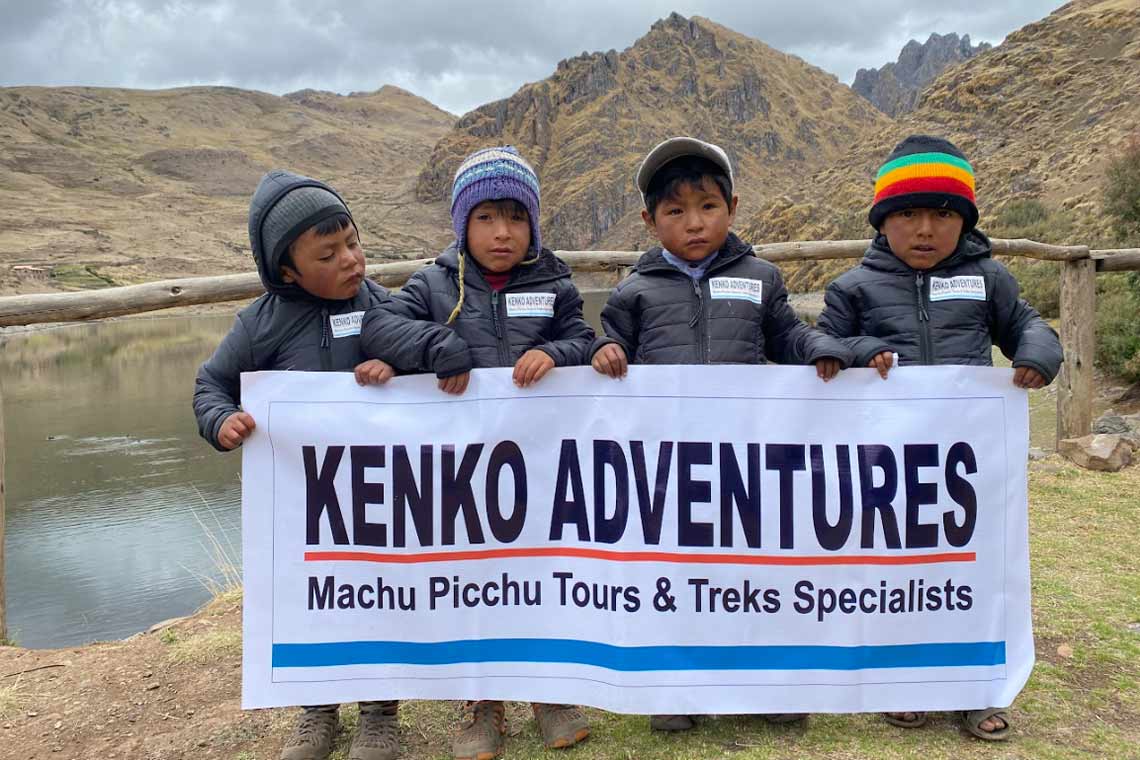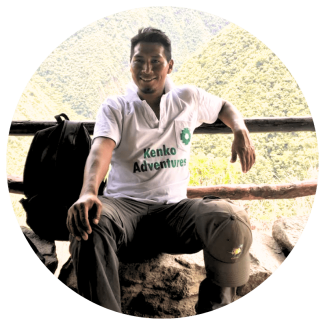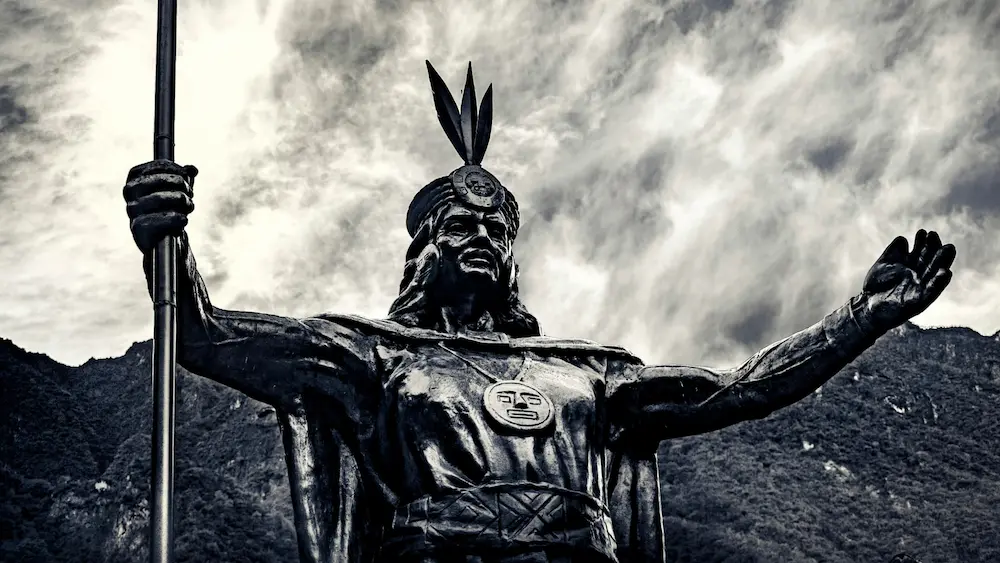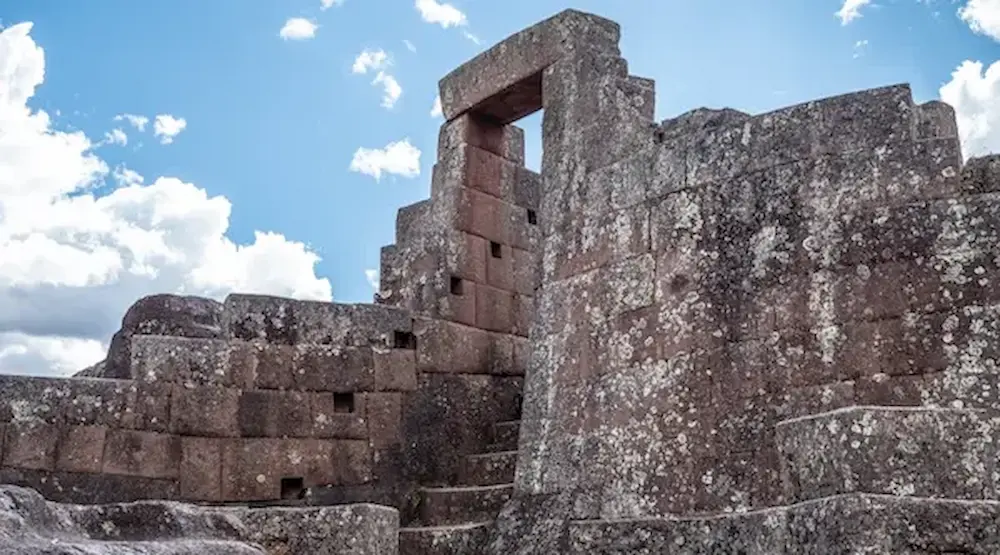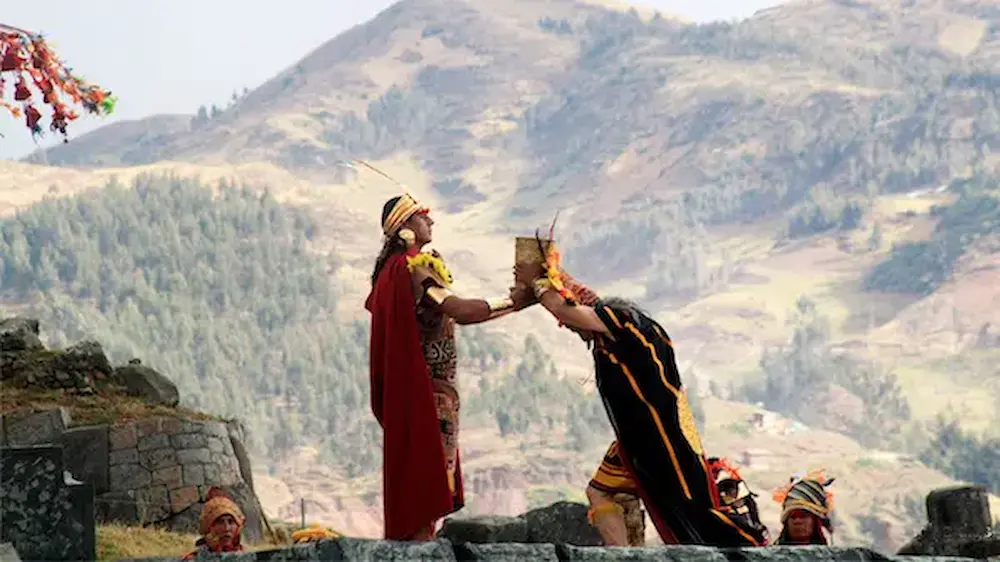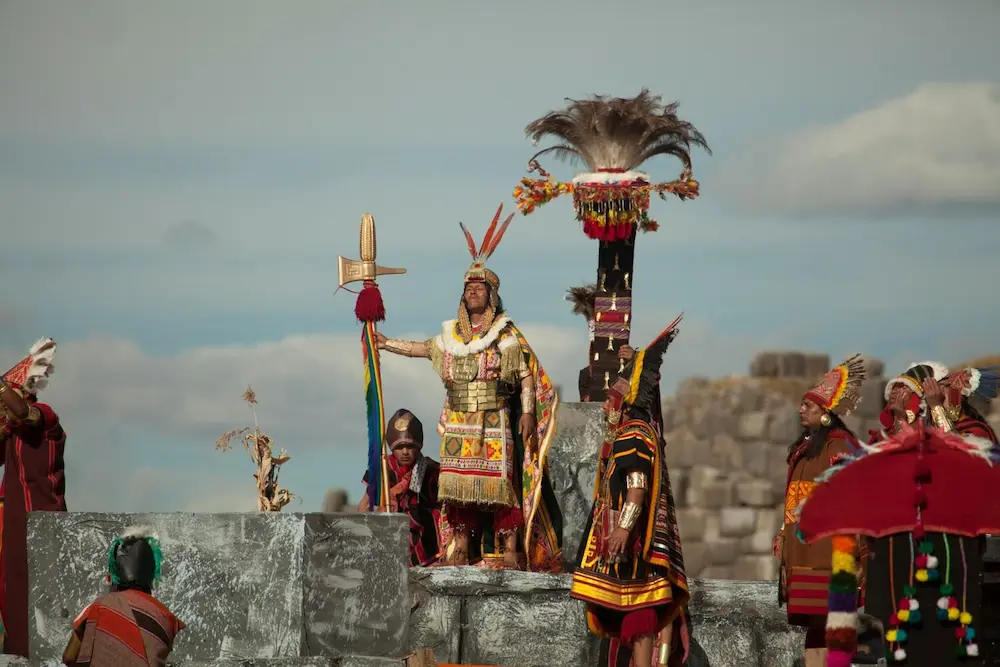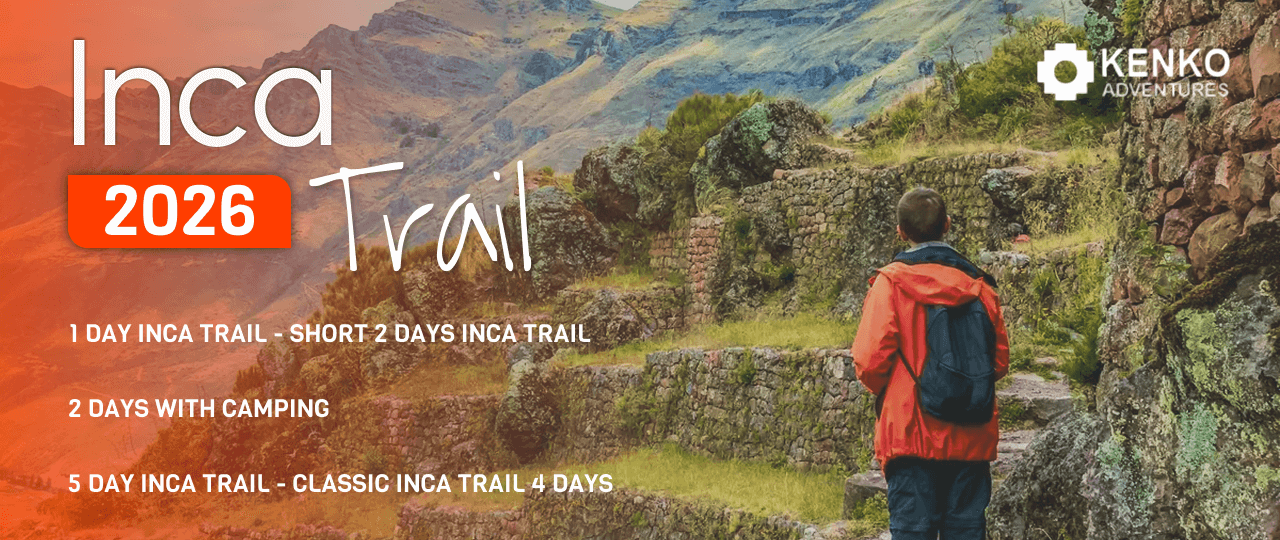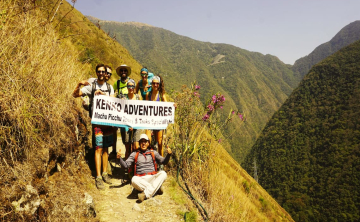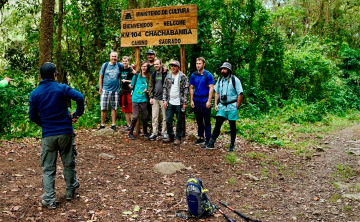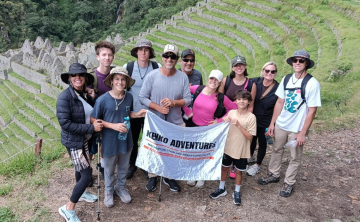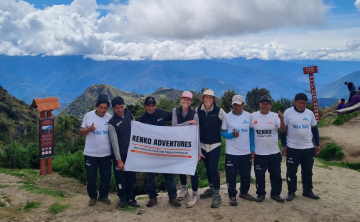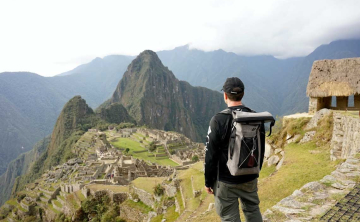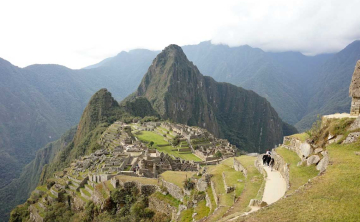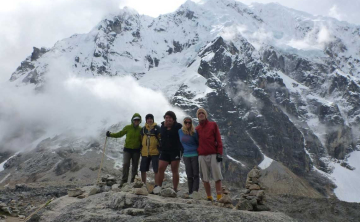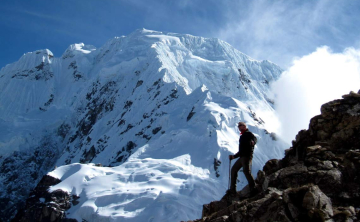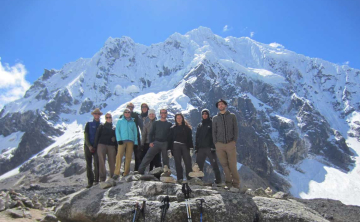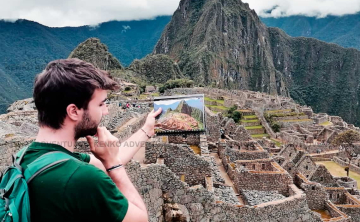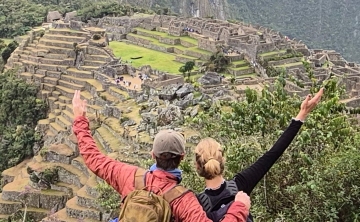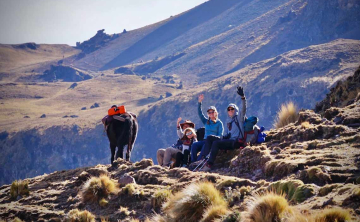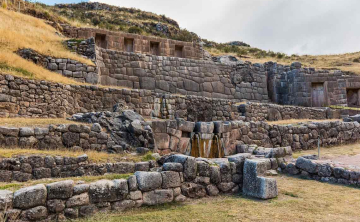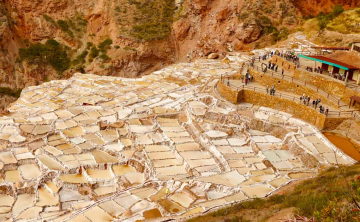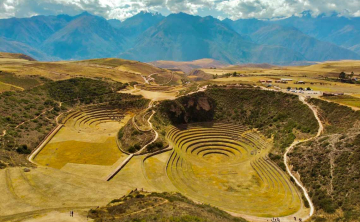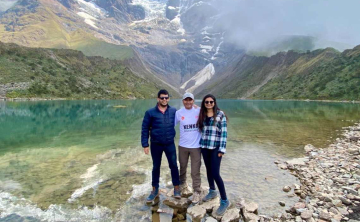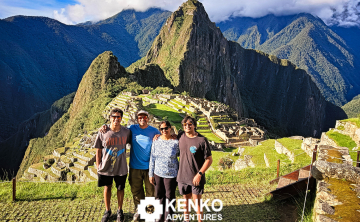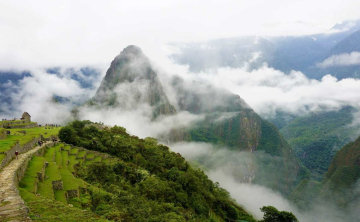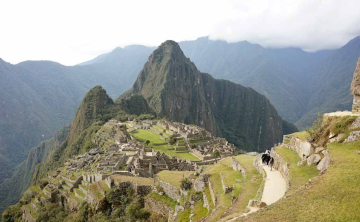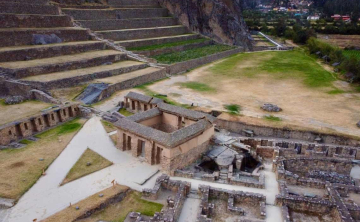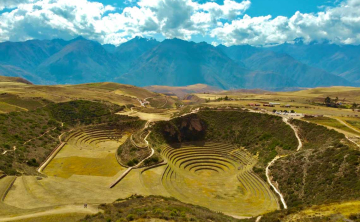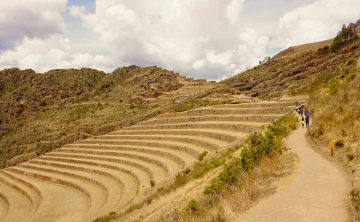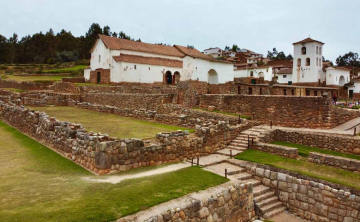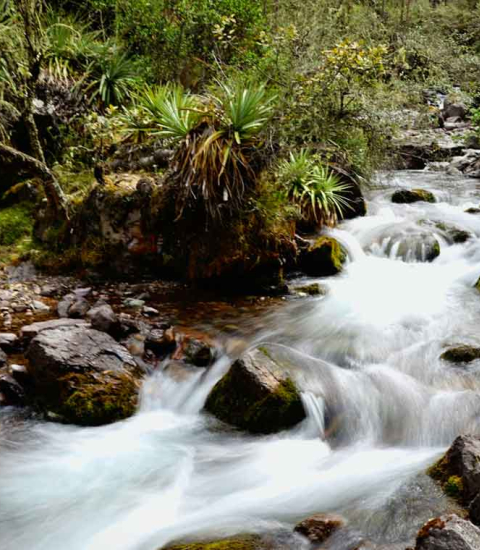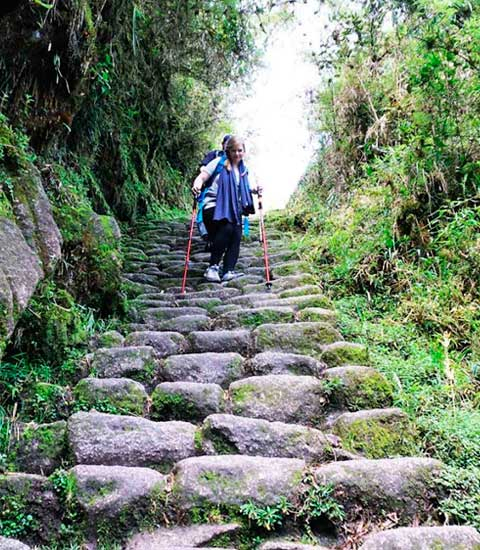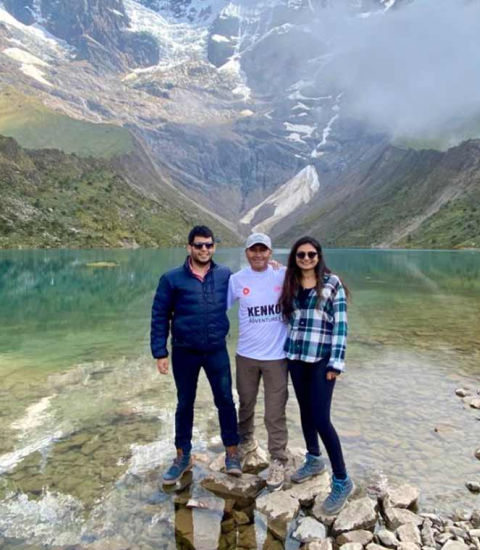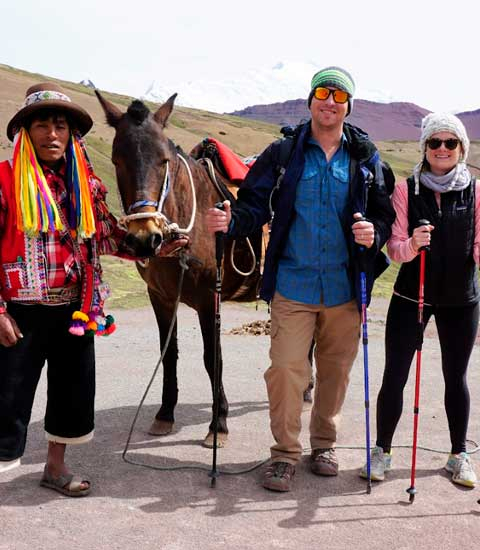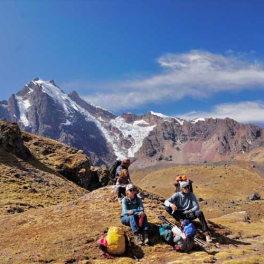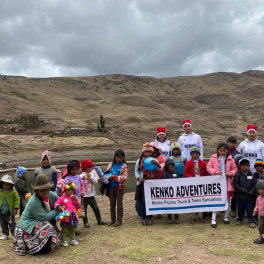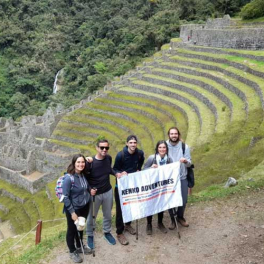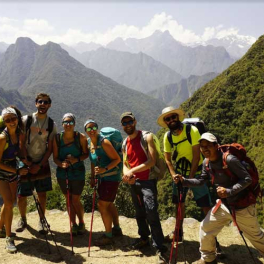We present our real culture life to our clients, hiring people from villages and communities of our region.
- Blog
- The Inca Culture History
The Inca Culture History
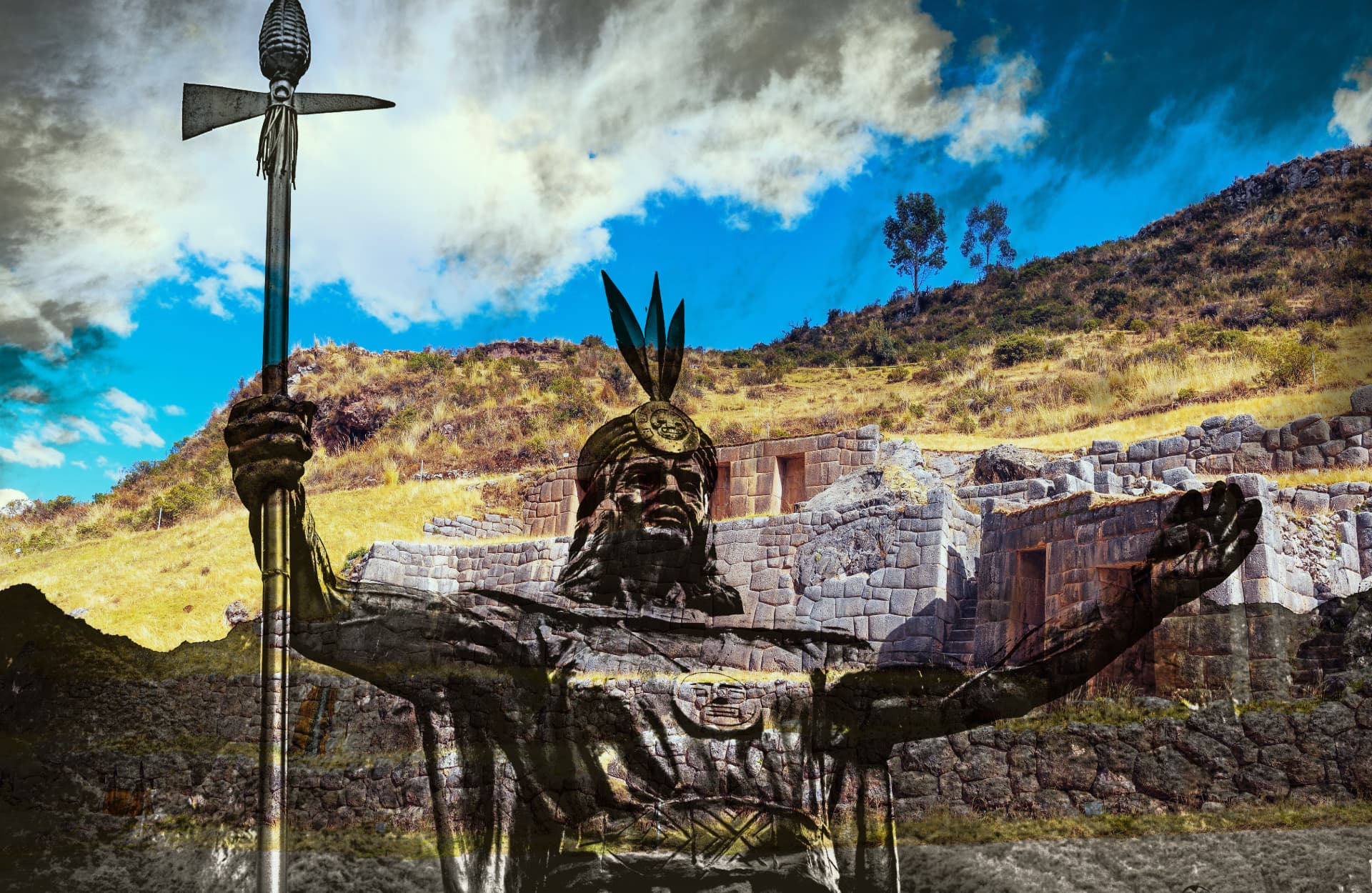
The Inca Empire was the largest pre-Hispanic society in South America when encountered by spanish soldiers led by Francisco Pizarro in the 16th century AD. The Inca were an indigenous people who built a vast empire across the Andean region of western South America prior to the Spanish in 1532. Their empire stretched along the Pacific coast and Andean highlands from modern-day Ecuador to central Chile, with its capital centered in Cusco, Peru.
Origin of the Inca population
Inca legends claimed they were descended from the earlier great Tiwanaku civilization near Lake Titicaca. On the other hand, archaeological research suggests the Inca arose from remnants of the preceding Wari Empire based around the regional center of Chokepukio, joined by an influx of refugees from Tiwanaku around 1100 AD. The legendary origins trace the Inca back to the village of Paqari-tampu near Cusco, where the founding ruler Manco Capac led his people to establish their capital. The Inca remained a small tribe inhabiting the Cusco valley until beginning their era of expansion and conquest in the early 15th century under ruler Mayta Capac.
The Inca civilization emerged around the city of Cusco in the 12th century CE. They began an era of expansionist military conquest in the early 15th century, reaching their peak extent under rulers like Pachacuti and Huayna Capac in the 15th-16th centuries. At its height, the Inca empire ruled over an Andean population of some 12 million people across their territories.
Over the next century, a succession of Inca rulers like Pachacuti Inca Yupanqui pushed outward from Cusco, rapidly building one of the largest empires of the pre-Columbian Americas. By the time of Spanish arrival in 1532, Inca domains encompassed nearly one million square kilometers and an estimated population between 6-14 million people across lands comprising present-day Colombia, Ecuador, Peru, Bolivia, Chile and Argentina.
You might also want to check out: A guide to hiking to the Sun Gate (Inti Punku)
The Inca empire
The Inca empire was a highly stratified society ruled by an emperor and aristocratic bureaucracy that exercised harsh, repressive control over the population. A policy of forced resettlement helped maintain order by distributing conquered ethnic groups throughout the vast territories to prevent revolts. The empire's economy was based primarily on agriculture, with staple crops like corn, potatoes, squash, peanuts, chili peppers, cotton and coca. They raised livestock such as guinea pigs, ducks, llamas and alpacas, and wove textiles from llama wool and cotton. Most Inca men were farmers responsible for producing their own food and clothing.
To govern their immense domains spanning much of the Andean region, the Inca constructed an unparalleled infrastructure highlighted by an extensive road network linking the empire. This included both coastal and mountainous routes like the famous Inca Trail leading to the royal estate of Machu Picchu. The roads facilitated the taxation system and transfer of goods as tribute from subject societies to the capital Cusco, including cotton, potatoes, maize, alpaca wool, metalwork and polychrome pottery.
The Inca were highly skilled builders, constructing impressive architecture and infrastructure still visible today. This included highly developed irrigation systems, palaces, temples and fortifications. They built an immense road network spanning over 2,250 miles, complete with bridges and tunnels. The Inca also employed a sophisticated relay messenger system using knotted cords called quipus to rapidly send records and communications across the road network.
Inca society itself was rigidly hierarchical and patriarchal in nature. It was organized into kinship-based ayllus that determined one's political roles, access to resources like land, marriage, and ritual responsibilities such as caring for ancestral mummies. At the apex were the rulers known as capacs who wielded total authority, flanked by noble classes like bureaucratic curacas and the Inca aristocracy.
In the spiritual realm, the Inca promoted the worship of nature deities like the sun god Inti, creator god Viracocha, and rain god Apu Illapu. This took form through practices like sacrificial capacocha rituals and the ceque system of shrines radiating from Cusco. However, local belief systems were permitted to varying degrees among subject populations. The Inca had no written language, with knowledge passed down via oral traditions and accounting/records kept on knotted string quipus.
You might also want to check out: What animals can i see on the Inca Trail?
12 Fascinating facts about Inca Culture
Peru, a land rich in ancient mysteries, is home to the legacy of the Inca Empire, one of the most remarkable civilizations in history. Their profound influence on architecture, engineering, and agriculture continues to capture the imagination of historians, archaeologists, and travelers. Here are 10 fascinating facts about Inca culture:
1. The inca empire was enormous
Spanning over 4,000 kilometers, the Inca Empire was the largest pre-Columbian empire in the Americas, covering much of modern-day South America, including Peru, Ecuador, Chile, and Argentina. At its peak, it supported a population of 10 million people.
2. No written language
Instead of writing, the Incas used the quipu, a system of knotted strings, to record numerical data, census information, and possibly even stories or laws, showcasing their ability to communicate complex information without written language.
3. Masters of engineering
The Incas were experts in building durable infrastructure like the Qhapaq ├Ĺan, their road system that spanned 40,000 kilometers. They also crafted stones with such precision that many of their buildings remain intact over 500 years later.
4. Machu Picchu was a spiritual retreat
Often mistaken for a fortress, Machu Picchu was actually a spiritual retreat for the elite, built with astronomical alignment and ceremonial significance, not for military defense.
5. Advanced calendar system
The Incas developed an impressive solar calendar that tracked seasons, harvests, and religious festivals. This calendar was vital for agricultural practices and was integrated with religious ceremonies like Inti Raymi.
6. Incredible agricultural techniques
The Incas revolutionized farming by constructing terraces on steep Andean slopes and creating advanced irrigation systems. Potatoes were one of their most significant crops, with over 3,000 varieties still grown in Peru.
7. Polytheistic beliefs
The Incas worshipped a rich pantheon of gods, including Inti (the sun god) and Pachamama (the earth goddess). Their religion was deeply intertwined with their agricultural cycles and daily life.
8. Hierarchical society
Inca society was highly structured, with the Sapa Inca at the top, followed by nobility and commoners. The system was based on reciprocity, where everyone had specific roles in maintaining the empireÔÇÖs functioning.
9. Expert stone construction
The Incas were known for their precise stonework that allowed buildings like Machu Picchu to withstand earthquakes without mortar. The stones fit together so perfectly that modern archaeologists still canÔÇÖt figure out how they achieved it.
10. No money economy
The Inca economy was based on barter and mandatory labor (known as mita). Citizens contributed to the empireÔÇÖs prosperity through agricultural work, military service, and infrastructure projects, ensuring all basic needs were met without the use of currency.
11. Advanced astronomy
The Incas studied the stars to guide agricultural practices and religious ceremonies. Observatories like Qenqo and Moray are evidence of their impressive knowledge of the cosmos, and Machu PicchuÔÇÖs structures were aligned with celestial events.
12. Inca ruins still being discovered
While Machu Picchu is the most famous, many other Inca sites are still being uncovered across Peru, revealing even more about this fascinating civilization.
You might also want to check out: History of Pisco Sour and Recipe
Fall of the Inca Empire
The highly advanced Inca civilization began declining after the death of ruler Huayna Capac in 1527 sparked a brutal civil war between his sons over the succession. This internal conflict allowed the Spanish to quickly invade and dismantle most of the Inca territories between 1532 and 1535, establishing the Viceroyalty of Peru centered in the new capital of Lima. The last Inca resistance continued until 1572 in Vilcabamba.
While much was lost, Indigenous Quechua-speaking Andean peoples of Peru today maintain certain ancestral Inca legacies in their traditional agriculture, settlements, arts and syncretic religious traditions blending Catholicism with native nature worship. The awe-inspiring archaeological monuments like Machu Picchu also endure as emblems of this sophisticated pre-Columbian civilization.
The Kenko Adventures team invites you to the capital of the Inca empire - Cusco, to learn more about the history of this culture, because despite the centuries, it still lives in silence. Thanks for reading our blog.
You might also want to check out: Wildlife & Flora Found in the Inca Trail
The enduring legacy of inca culture
The Inca Empire was abolished centuries ago, yet its incredible legacy lives on today. From the stunning architecture of Machu Picchu to their advanced farming techniques and deep understanding of the stars, the Inca culture never ceases to amaze and inspire us. These ancient people not only built amazing cities but also evolved a way of life that skillfully combined nature, spirituality, and practicality. Thus, the Inca legacy offers a multitude of stories of creativity, knowledge, and connectedness to the natural world, whether you're studying history or organizing a trip to Peru. It provides a fascinating glimpse into a culture that genuinely understood how to live in harmony with the natural world.
Why Kenko Adventures?
We offer unique services like: hot shower and private toilets on treks. We have a real responsibility taking care of our planet.
Experts on: Inca Trail hikes and Machu Picchu Hiking Tours. We operate small groups.
Superior Quality services and full flexibility for any changes in this pandemic
Free warm jacket for my litle friend!
Kenko Adventure Peru founder decided to add a social proyect in all Our tours that means, if you are booking a tour with Us, you automatically are donating a warm jacket for Our litle kids that have very hard living in very cold conditions near by the Andes Mountain
